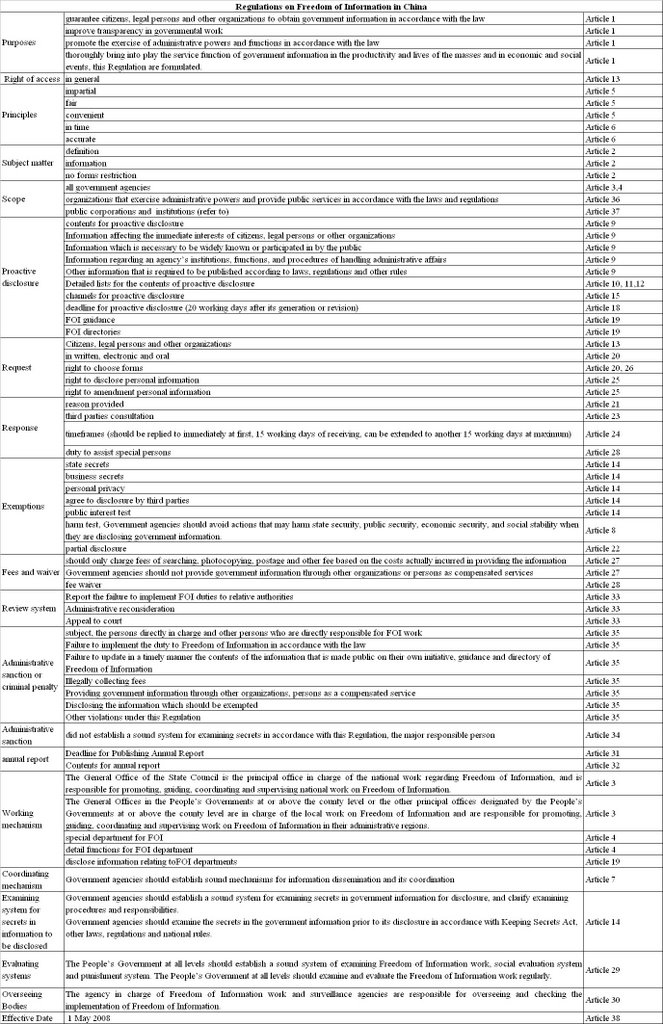Three Generations for FOI
Kubicer carried out a research on FOI and e-government in Bremen and pointed out there were three generations for FOI legislation from the perspective of information technology.[1] The first is a pull generation which needs the interested citizen to go to an office and ask for the document and then pull out for him. This generation is associated with high personnel cost. The second can be called push generation which came out after the advent of internet. The advantage of a push generation is that it dramatically reduces costs by electronic publishing or sending information. As almost all new documents in public administration are produced electronically, it can easily be checked when filing them whether exemptions of the FOI apply or they are indexed and put on the websites.[2] Kubicer argued that the first-generation FOI put the burden of finding the appropriate document providing the desired information completely on citizens. Second-generation FOI changes to the push or publishing made by putting documents on web sites. However, publishing on the websites is not systematic work and indexing is still in the administrative terminology. Third-generation FOI publishes documents on a joint portal of all agencies falling under the law and applying a user-centred indexing.
[1] Herbert Kubicek, ‘Third-Generation Freedom of Information in the Context of E-Government: The Case of Bremen, Germany’ in Georg Aichholzer and Herbert Burkert (eds.), Public Sector Information in the Digital Age: Between Markets, Public Management and Citizens’ Rights (2004) 275.
[2] Herbert Kubicek, ‘Third-Generation Freedom of Information in the Context of E-Government: The Case of Bremen, Germany’ in Georg Aichholzer and Herbert Burkert (eds.), Public Sector Information in the Digital Age: Between Markets, Public Management and Citizens’ Rights (2004) 279."> " title="permanent link">#

No comments:
Post a Comment